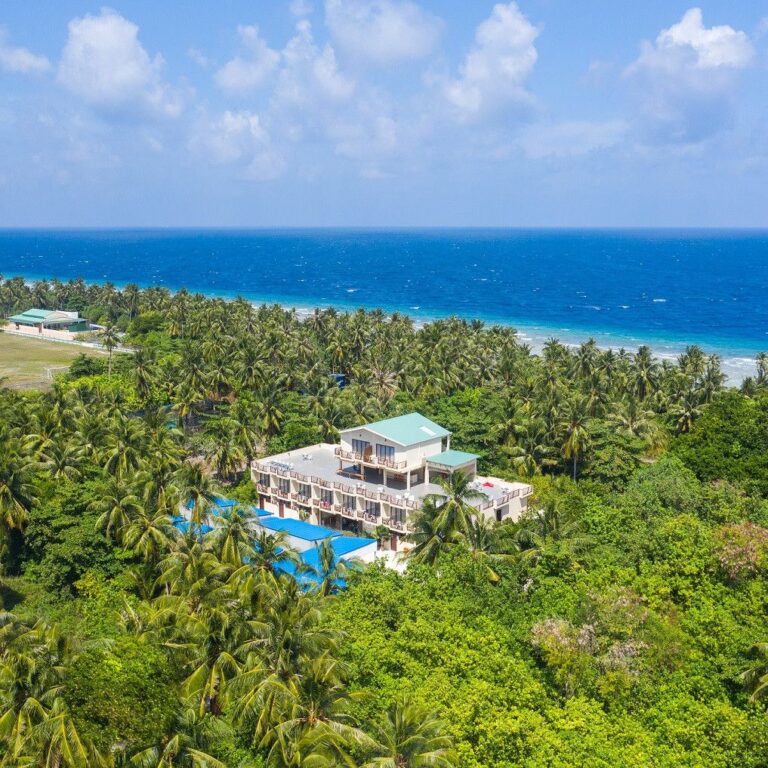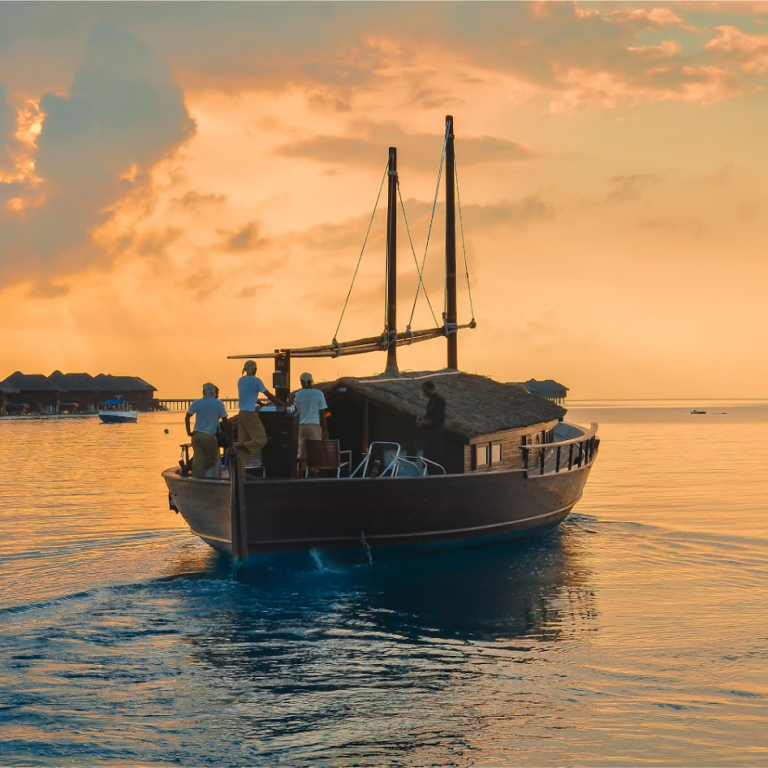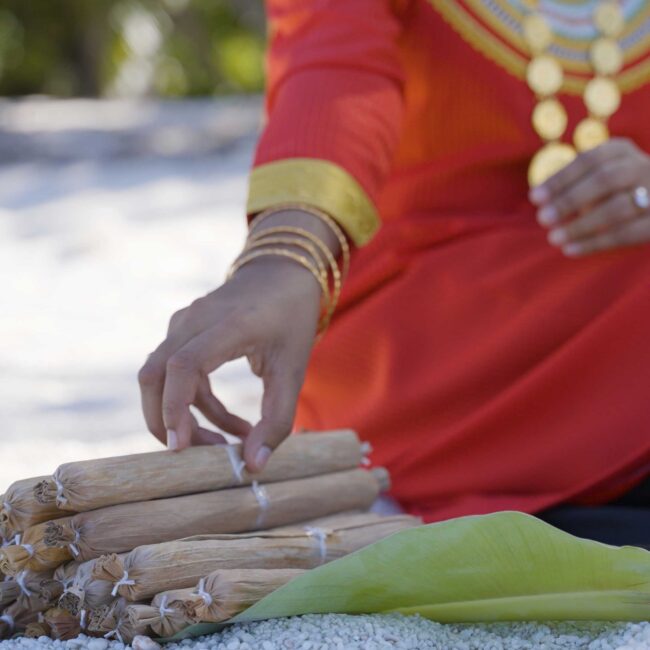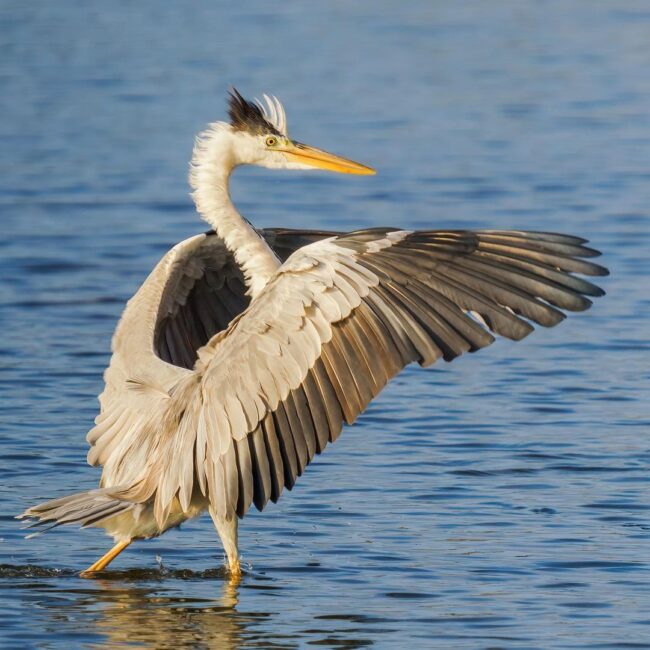Ready to be Inspired?
Read on to find out more about the slow life in the Sunny Side
The curious case of White Terns & Flying Foxes

Island biodiversity is unique. Island biodiversity has long intrigued ecologists and nature conservationists throughout history. The isolated nature of the Maldivian islands shapes unique ecosystems. Islands teeming with biodiversity is testimony to the grace of nature- wherever there is sun and rainfall, she will make her grand and lush appearance. Island ecosystems are unfortunately more fragile, but often home unique, endangered species.
Over 1,100 species of fish, 21 species of whales and dolphins, 180 species of corals, and 400 species of molluscs are found in and around our islands. That’s just the animals. The flora is just as diverse, with over 13 species of mangrove plants and 583 species of vascular plants. Amongst this incredible diversity of flora and fauna, few take centre stage as the most gentle, majestic, and phenomenal animals. These include celebrities such as turtles, manta rays, whale sharks, and so on. However, biodiversity thrives in diversity. Every single fish, bird, crustacean, and flower play a crucial role in maintaining a healthy balance in the natural environment.
And that’s why today, we look up at the sky instead of the sea (as we often do in the Maldives) and dedicate this writing to the gracious white tern and the misunderstood flying fox.
Spot the White Terns
The white tern, lovingly called dhondheeni in Dhivehi, is a small seabird that likes to settle in tropical islands across the world. White terns are most commonly found in the Southernmost atoll.
Unlike many other terns, the white tern has a curious way of laying her eggs. They do not create nests. Instead, the white tern lays a single egg on bare thin branches. While we do not know with certainty why they ditched the nest, scientists assume it is a way to avoid nest parasites. However, there are some costs to not having a nest as well. Heavy winds can dislodge the eggs, and predators can always make a surprise visit. Despite all the challenges a white tern faces throughout her life, the curious seabird can live for over 18 years.
Visit the White Terns in Addu City
White terns are often called the pride of Addu City. The absence of crows on the island provided the perfect opportunity for white terns to flourish. The Government of the Maldives has also protected the bird under the ‘Environmental Protection and Preservation Act (4/93)’ which ensures that the white tern can neither be captured, sold, nor captured for personal use.
Make a whole day out of birdwatching and visit Addu Nature park – the second largest wetlands park in the Maldives. The Addu nature park consists of the lush Eydhigali Kilhi wetlands and the protected Kaottey area on Hithadhoo island. Charming piers extend out to the lakes with scenic views, perfect for a unique Maldives Instagram shot.
The Flying Fox
The flying fox is one of the most overlooked animals in the Maldives’ fauna. They have long been considered pests, as they feed on guava and mango trees. The adult flying fox is one of the largest bat species in the world, with a wingspan of up to 1.5 metres, but the juvenile ones are sweet, furry, and curious.
These bats play a crucial role in the Maldives ecosystem. They are important for seed dispersal and pollination as they can travel incredible distances, a staggering 150km. Since the Maldivian islands and resorts are isolated from each other, bats are one of the few animals that can travel from one island to the other spreading seeds. You can find flying foxes on almost every single island in the Maldives. Oftentimes you can also see mother foxes flying around with a pup clinging to the underside of her belly until the little ones learn to fly on their own.
NEWS FROM THE ISLANDS
Follow the footsteps of the locals and experience the Maldivian way of life.
LOCAL ISLAND GUIDES
Swipe through our collection of island guides for your next Maldives holiday inspiration






